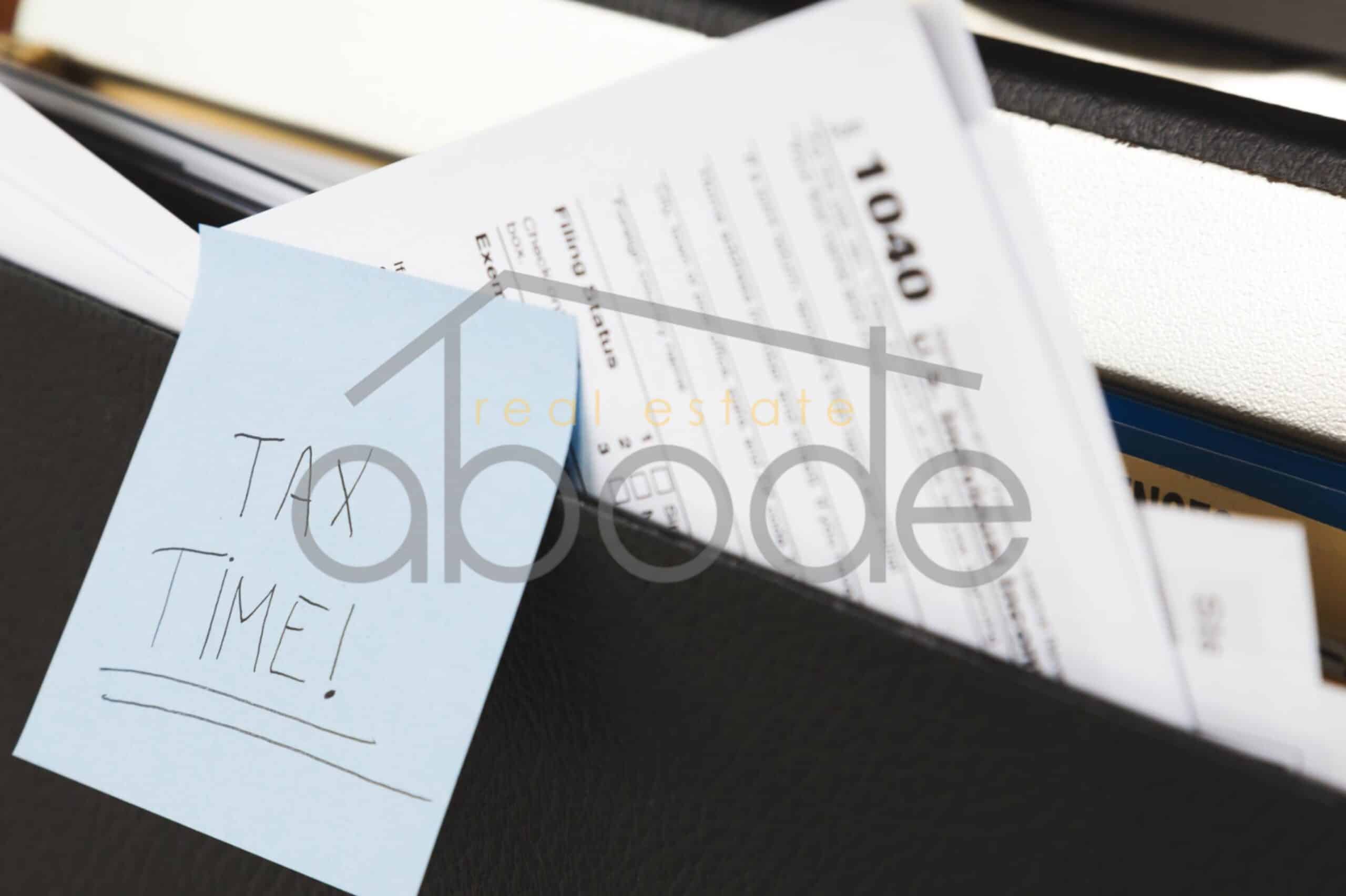The Ministry of Economy and Finance (MEF) issued Prakas No. 346, mandating the application of Capital Gains Tax (CGT) for all taxpayers commencing 20th January 2024.
This will ensure that they pay a 20% levy on profits made from the sale of a capital asset.
All taxpayers (residents, legal entities, or others) are required to pay if they sold a capital asset such as real estate, financial assets or intellectual property.
Capital Gains taxation is not new in the kingdom but had previously applied only to individuals and legal organizations but not enterprises, which were formerly exempt.
When considering selling an item or wishing to calculate the amount payable, there are two methods of doing so – a) deducting actual expenditure or b) determination-based expense deduction.
The General Department of Taxation (GDT) has released an example computation to demonstrate the procedures used to calculate payable taxation amount.
Actual expense deduction method
To use this strategy, you must first create a detailed and precise inventory of all costs for the relevant asset being sold.
Renovation expenditures, financing, registration or transfer taxes, and other expenses can all be deducted for real estate, for example.
After you’ve added all charges related to the asset’s initial price, remove actual expenses from the sales price, then multiply it by 20% to determine how much to pay.
Example (all in USD):
Sreymom sold a villa to Aman for $150,000 after purchasing it for $100,000.
Sreymom paid $4,000 in transfer fees, $6,000 in real estate fees, and $5,000 for renovations (note: she saved all receipts to demonstrate these costs).
Using the above information, apply the following:
Total Actual Expense = Purchase price + Taxation + Commission + Renovation costs
= $100,000 + $4,000 + $6,000 + $5,000
= $115,000
Capital Gains = Property Sale – Total Actual Expense
= $150,000 – $115,000
= $35,000
Amount payable = Capital Gain x 20% (0.2)
= $35,000 x 0.20
= $7,000
Determination-based expense deduction method
Using this method, you must subtract 80% of the capital asset’s sales price from its full value, then calculate the 20% from it.
Capital Gain Taxation = (Sales price – 80% of sales price) x 20%
Therefore, if you sell a property for $600,000, 80% of the sales price is $480,000.
($600,000 – $480,000 = $120,000) x 0.2 = $24,000 payable.
More information about the CGT tax

Handbook on Investing in the Kingdom
This Handbook on Investing in the Kingdom is a collaboration with Australia to help investors understand investment rules and processes.
It is also an opportunity to highlight its strengths – stable growth, strategic location, investment climate, resources, labour market, trade agreements, infrastructure development, legal framework, and sociopolitical stability.
This handbook will help Australian and other foreign investors by demystifying essential investment rules and processes in the Kingdom, including the instrumental 2021 Law on Investment (LOI).
Its authors invite investors to capitalise on mutual trade agreements, such as the Regional Comprehensive Economic Partnership (2022), includes Australia, Cambodia, and 13 other Indo-Pacific nations.
Australia’s forthcoming Southeast Asia Economic Strategy to 2040 will highlight additional opportunities to bolster two-way trade and investment.
The handbook recognises the transformative role of quality Australian investment in driving the Kingdom’s economic expansion and diversification.
It draws on the experience and advice of existing Australian investors, their reflections, and the lessons they have learnt, may also be of use to investors from other countries.
This handbook is intended to help unlock the gateway to more foreign investment opportunities, including Australian enterprises.
To download the handbook, please click Investing in Cambodia 2023





